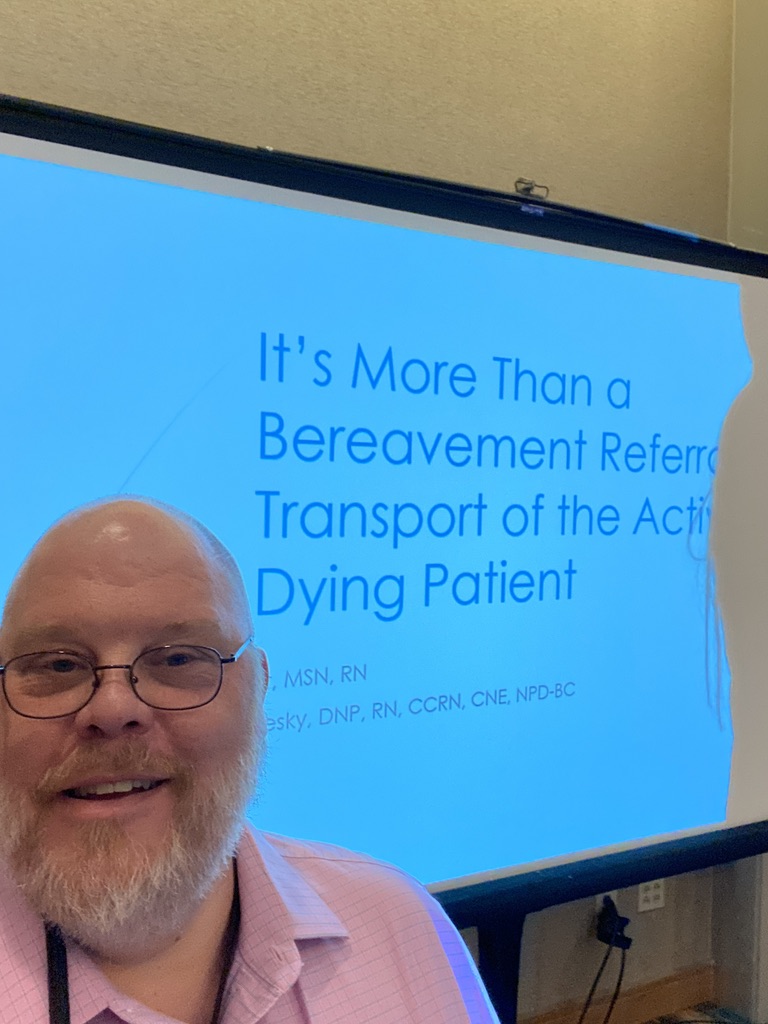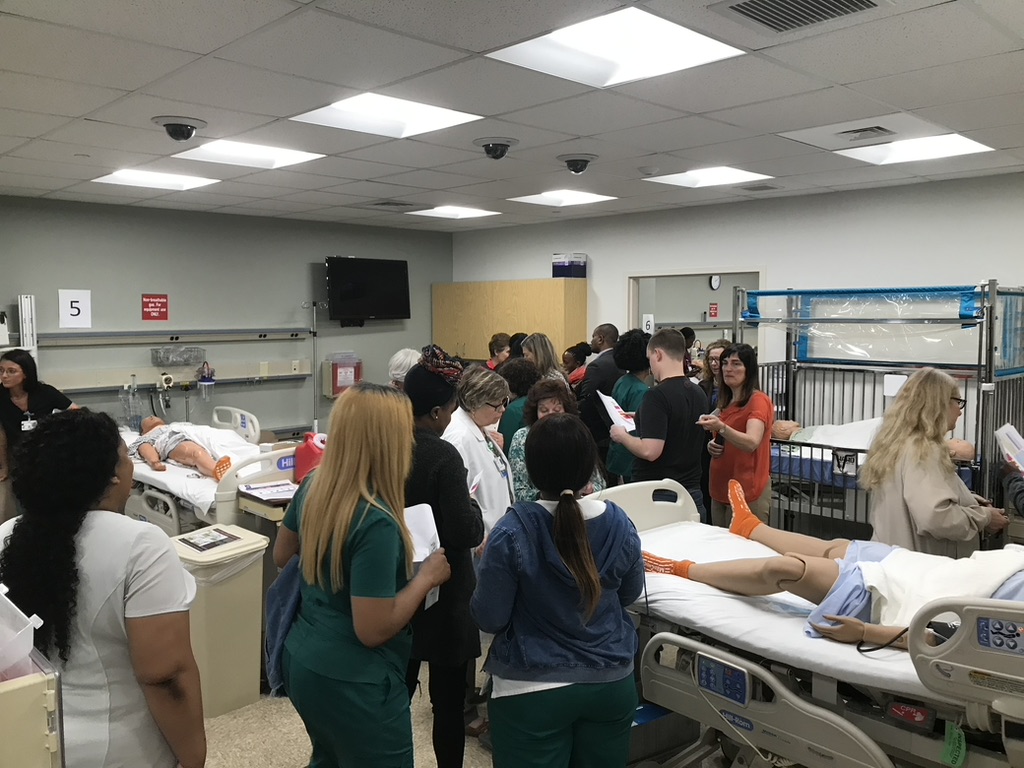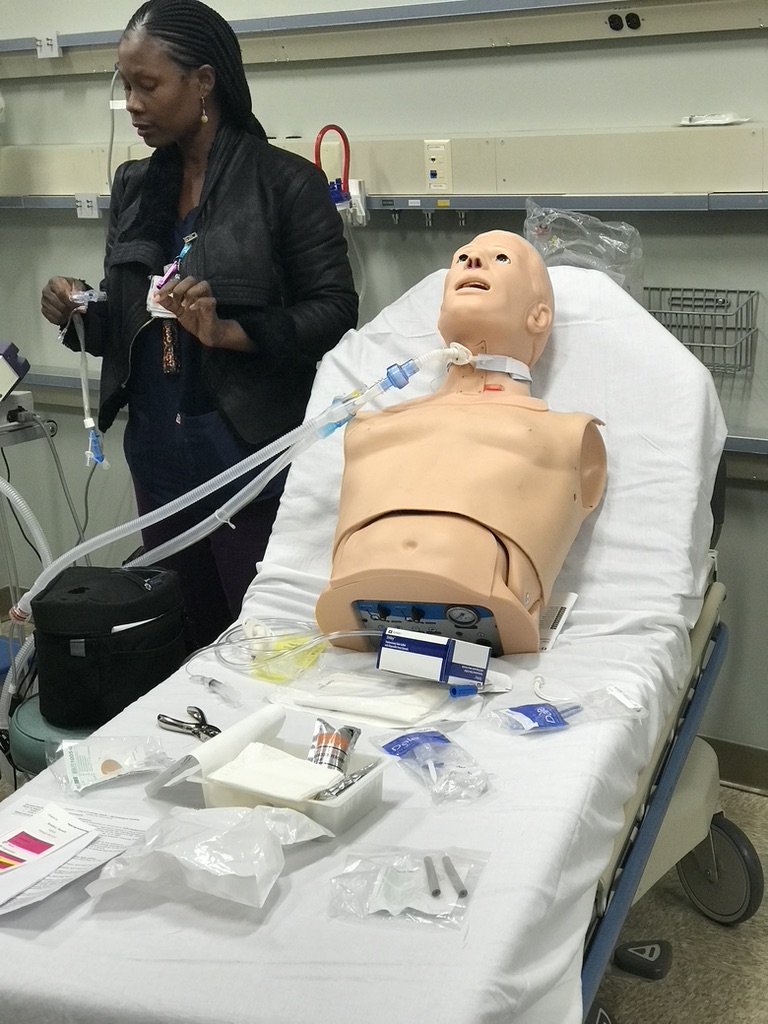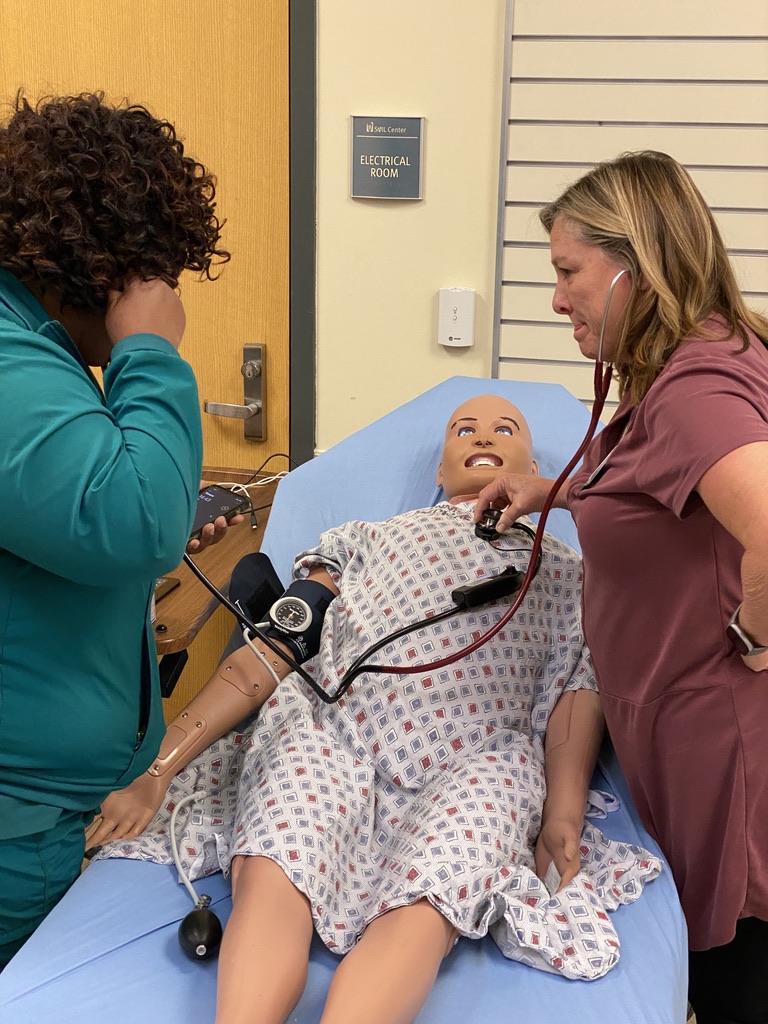Training with Purpose: How Gilchrist Prepares Its Staff to Provide Exceptional Hospice Care
At Gilchrist, providing compassionate, high-quality hospice and palliative care begins with a strong foundation in education and training. Every staff member, from nurses and physicians to chaplains, social workers, and hospice aides, undergoes a rigorous orientation and continuing education program to ensure they are well-prepared to serve patients and families.
A Thorough Introduction to Hospice Care

New employees begin their journey at Gilchrist with a multi-day in-person orientation, where they learn about the organization’s mission, values, and wide range of services. During this training, they are introduced to topics such as the Tanzania Partnership, Jewish services, palliative care and geriatric medical programs, chaplaincy and bereavement services, the music therapy program, and the Veterans Task Force. They also receive instruction on regulatory and safety topics, business development, and human resources and gain an understanding of Gilchrist’s 31-year history and growth. Shawn Brast, Gilchrist’s Clinical Education Manager, oversees orientation, continuing education, and student programs. “New Employees hear directly from leadership, learn about our programs, and begin to understand what sets Gilchrist apart,” Shawn says.
Hands-On Learning: Simulation & Real-World Training

One of the most unique aspects of Gilchrist’s training is its use of simulation-based education—a feature that sets it apart from many other hospice organizations. “We are consistently told by new hires who have worked in other hospice agencies that Gilchrist offers much more extensive and higher-quality training,” Shawn shares. “The fact that we incorporate simulation is rare, and it makes a huge difference in preparing staff for real-world scenarios.”
Hospice aides and nurses participate in hands-on simulations to practice key skills in a controlled environment before working directly with patients. Additionally, Tia Alexander, a member of the education team, conducts joint visits with field staff toward the end of orientation to help ensure a smooth transition into patient care.
Building Resilience: “Tales from the Bedside”

Working in hospice care can be emotionally demanding, so Gilchrist has implemented a resiliency program for new hires called “Tales from the Bedside.” “Tia meets with new staff monthly for six months, giving them a space to reflect on their experiences, challenges, and successes,” Shawn explains. “It’s been incredibly valuable in supporting staff as they adjust to their roles.” This program not only provides a supportive community for new hires but also allows Gilchrist to gather real-time feedback and continuously improve the training process.
The Role of Technology in Hospice Training
Technology plays a key role in Gilchrist’s training, particularly when it comes to patient documentation and communication. From day one, staff are trained on Epic, the electronic health record system, and Rover, a mobile application that simplifies documentation and logistics.
“Many new hires aren’t familiar with using laptops for patient care,” says Shawn. “We teach them how to connect their phones to their laptops, use the VPN, access Epic, and even use Rover to track mileage and get patient directions. It’s a learning curve, but it makes their work much more efficient.” Gilchrist is also exploring AI-powered dictation tools to streamline documentation, allowing staff to spend more time with patients and less time on paperwork.
Ongoing Education & Career Growth

Beyond initial training, Gilchrist is committed to lifelong learning. Staff have access to continuing education programs with opportunities to earn certifications and continuing education units (CEUs). For example, the Social Work Institute, led by Diane Sancilio, provides CEUs for social workers, while interdisciplinary training programs offer credits for nurses, chaplains, and physicians. “Education doesn’t stop after orientation,” Shawn emphasizes. “We provide ongoing opportunities for professional development, helping staff grow within the organization.”
Supporting Career Advancement at Gilchrist
Gilchrist also fosters career growth, offering opportunities for staff to move into new roles or pursue leadership positions. “One of the most rewarding parts of my job is seeing employees grow within Gilchrist,” Shawn says. “We’ve had students start here for internships and later become full-time staff. Others have transitioned into different roles within the organization, like moving from clinical care to human resources.” This culture of career development helps retain talented staff while ensuring that patients continue receiving care from highly trained and experienced professionals.
A Training Program That Stands Apart
Hospice care requires expertise, compassion, and resilience, and Gilchrist’s training program ensures that every staff member is fully prepared to meet these challenges. “I thought I knew what hospice was before I started here, but I had no idea how rich and special this work truly is,” Shawn reflects. “It’s about quality of life, not just end-of-life. And our training ensures that we can provide the best care possible to patients and their families.”
From in-depth orientation and hands-on simulations to continuing education and career growth opportunities, Gilchrist’s approach to training sets it apart as a leader in hospice care—ensuring that every staff member is prepared, supported, and empowered to make a meaningful impact.
If you are interested in a career at Gilchrist, visit: https://gilchristcares.org/about/careers/


